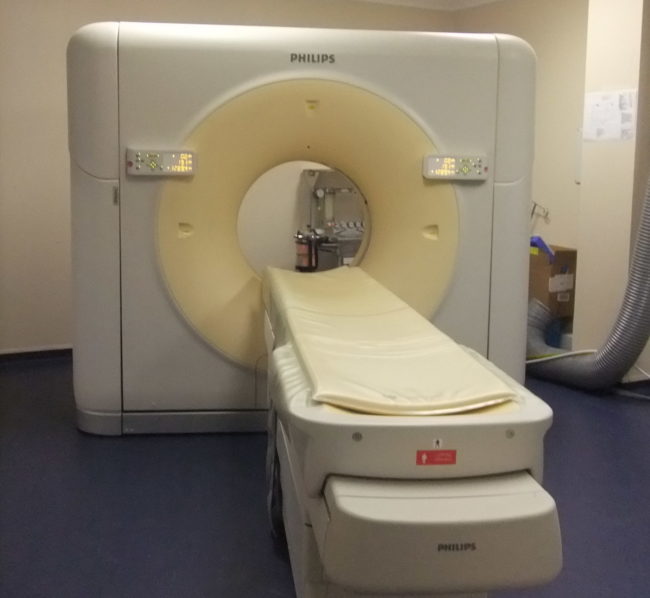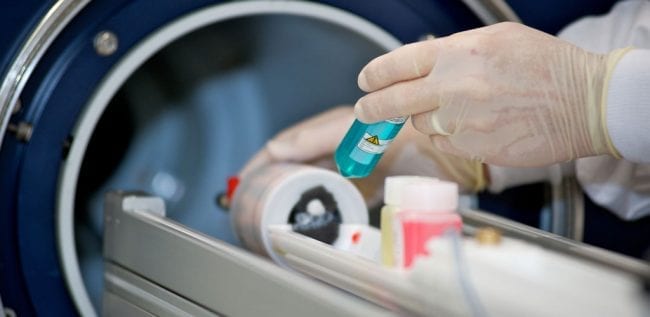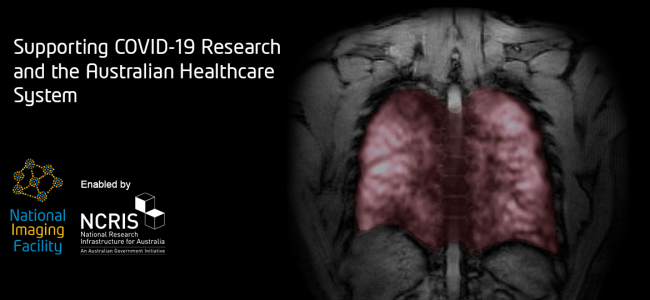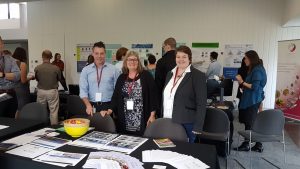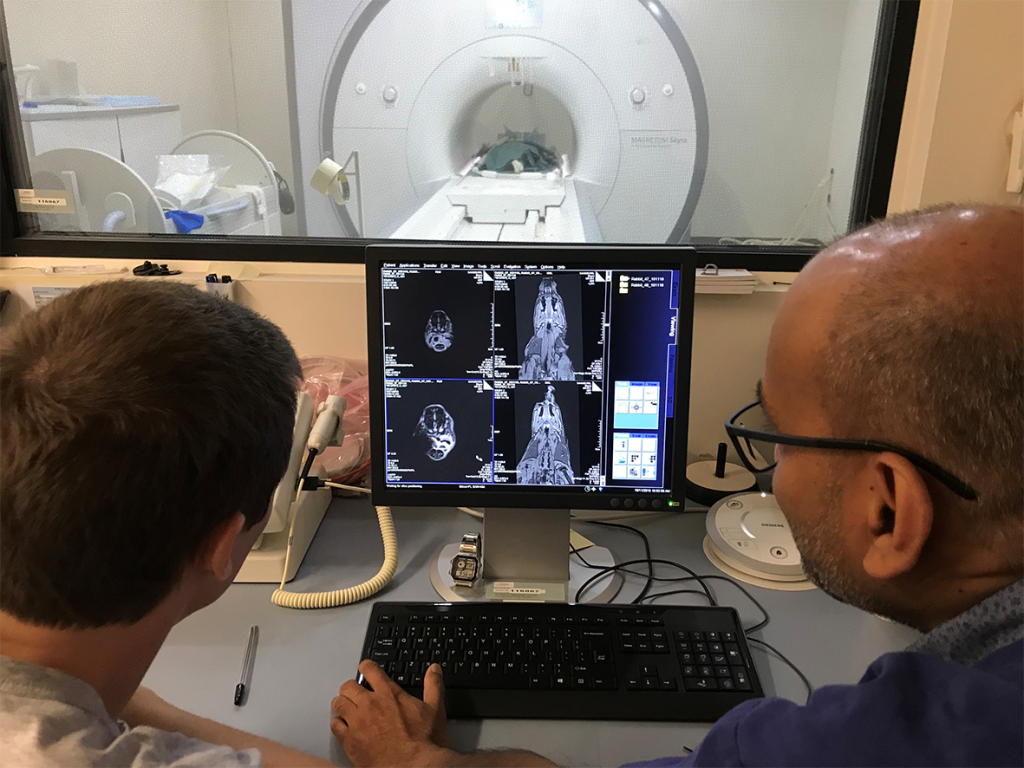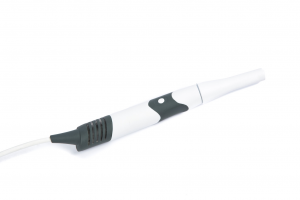COVID-19 Research at LARIF: Using fluoroscopy for lung ventilation analysis
LARIF has teamed up with Australian biomedical company, 4DMedical, and University of Adelaide scientists Associate Professor David Parsons and Dr Martin Donnelly to address the COVID-19 crisis, through testing a novel ventilator, the now patented 4DMedical ‘XV technology’, and a large animal model of Acute Respiratory Distress Syndrome (ARDS).

The NCRIS-enabled facilities and expertise at the Large Animal Research and Imaging Facility (LARIF) NIF Node, located in the South Australian Health and Medical Research Institute (SAHMRI), were utilised by a consortium of doctors, engineers, and medical researchers as part of the Australian Lung Health Initiative (ALHI).
Read More


